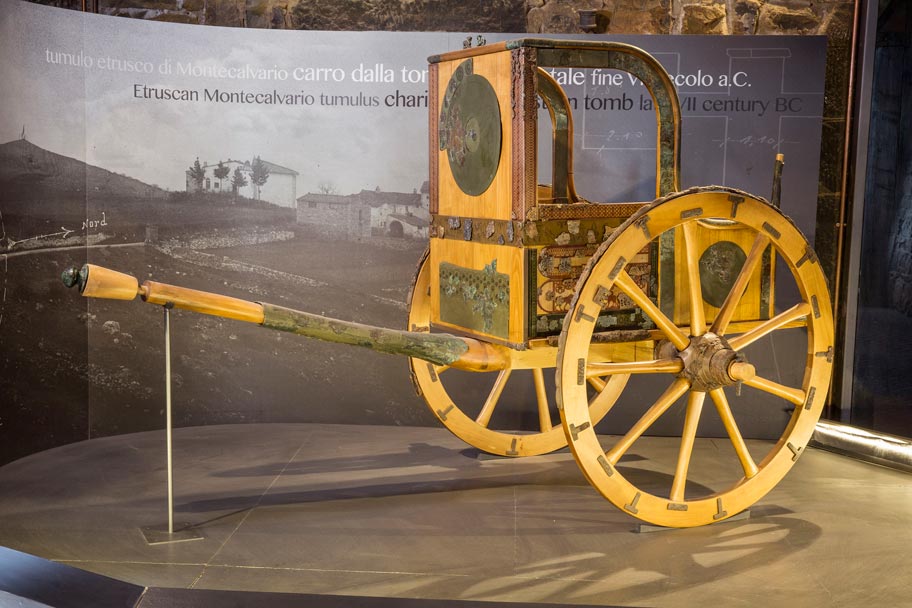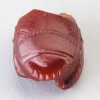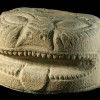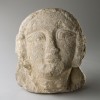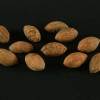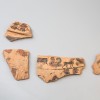During the 1904 excavation of the Montecalvario burial mound, many decorative and structural metal fragments of a chariot were discovered. Only in 2014 a meticulous study and a challenging restoration intervention made it possible to piece this vehicle together: the two-wheeled chariot was used to heroically lead the war hero to the battlefield or in triumph, as many times described in the Iliad.
The chariot, similar to the ones of Populonia and Vetulonia, features a rectangular car and iron riveted wheels with nine spokes. The decoration includes a series of bronze and iron plates. At the centre of the front parapet is a Gorgon’s head, with decorative friezes with floral and animal motifs.
On the sides, on the bronze circular panels, is a depiction of a deity known as ‘’God of the animals’’, while on another frieze, experts recognized the myth of the foreseer Amphiaraus. The latter is composed of a repeated sequence of two nude men sacrificing an animal over a wide vessel, two warriors battling between two female figures and a farewell scene with a man drawing his sword while leaving a woman and a child.
The decorative repertoire, the animals and the secondary motifs, relate the chariot to the late Orientalizing style (late 7th – first decades 6th century B.C.) when oriental motifs coexisted with others of Greek, and specifically Corinthian origin.

